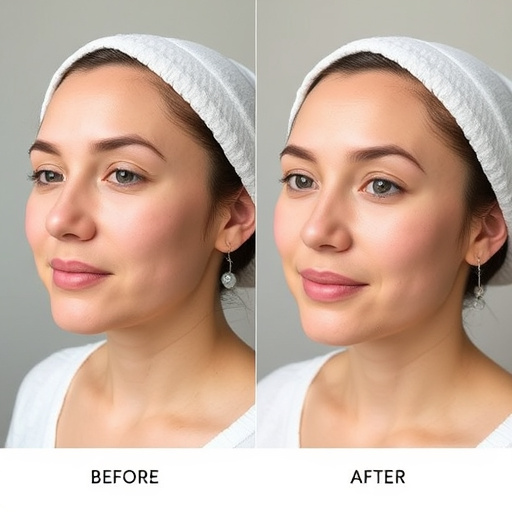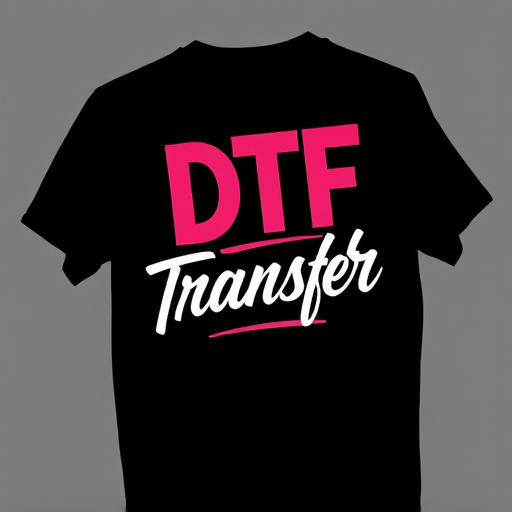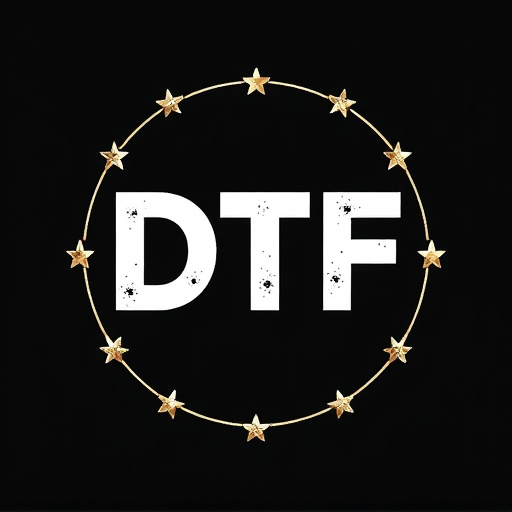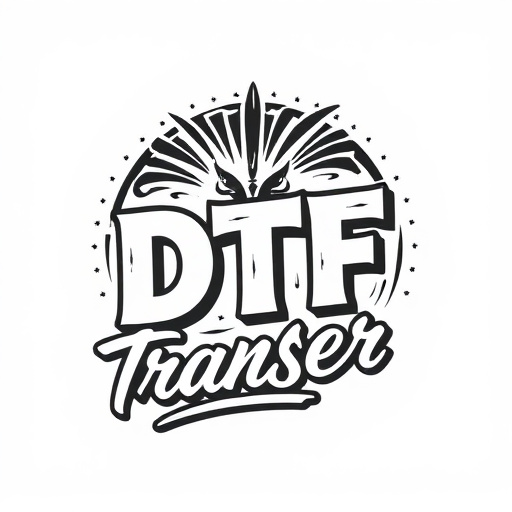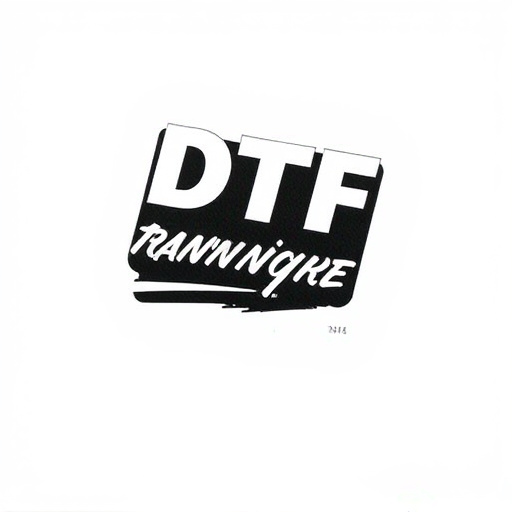Direct-to-Film (DTF) transfers are revolutionizing textile printing with their advanced capabilities, offering faster production times, enhanced color accuracy, and broader design flexibility compared to conventional methods. This method secures prints onto fabrics using specialized binding agents, ensuring longevity and vibrant colors across diverse fabric types, from fashion to home decor. Choosing the right binding agent based on fabric type, print quality goals, and environmental conditions is crucial for optimal DTF transfer results. Proper application techniques, including surface preparation and curing methods, also ensure strong adhesion and maximum lifespan of the prints.
Direct-to-film (DTF) transfers have revolutionized textile printing, offering vibrant, durable designs on a variety of fabrics. This article delves into the crucial role binding agents play in securing these transfers, ensuring long-lasting results. From understanding the DTF process to selecting the right agent and application techniques, we explore key considerations for successful DTF printing. Discover the benefits and challenges of this cutting-edge method, and unlock the potential of DTF transfers for your fabric projects.
- Understanding Direct-to-Film (DTF) Transfers: A Brief Overview
- The Role of Binding Agents in DTF Printing Process
- Key Characteristics of Effective Binding Agents
- Choosing the Right Binding Agent for Your Fabric
- Application Techniques and Considerations
- Benefits and Challenges of Using DTF Transfers
Understanding Direct-to-Film (DTF) Transfers: A Brief Overview
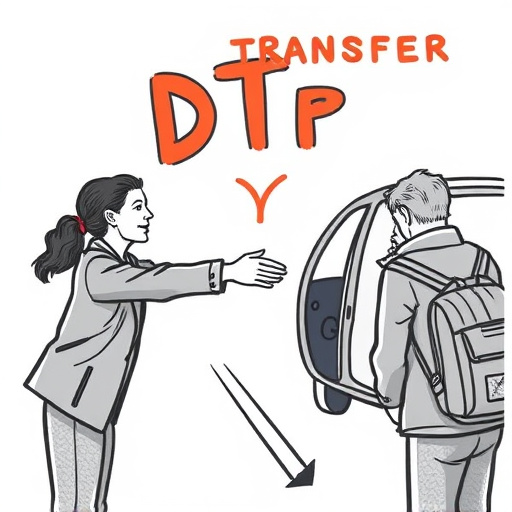
Direct-to-Film (DTF) transfers are a cutting-edge method revolutionizing the way we print on fabrics. This innovative process eliminates traditional intermediate steps, allowing for high-quality printing directly onto fabric from digital film negatives. With DTF, designs are precisely exposed to light through the film, creating an intricate and detailed image that is then transferred onto various fabric surfaces.
This modern technique offers numerous advantages over conventional methods. It enables faster production times, superior color accuracy, and greater flexibility in design possibilities. DTF transfers also ensure vibrant, long-lasting colors on a wide range of fabrics, making it a popular choice for fashion, home decor, and promotional merchandise. By binding these prints securely to the fabric, specialized binding agents play a crucial role in maintaining the integrity of the DTF transfer process.
The Role of Binding Agents in DTF Printing Process
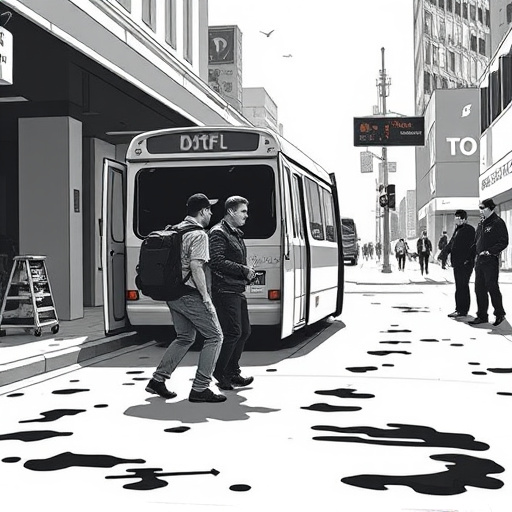
In the intricate world of direct-to-film (DTF) printing, binding agents play a pivotal role in ensuring the longevity and quality of fabric transfers. These agents serve as the invisible glue that binds the film to the fabric, creating a durable and vibrant final product. During the DTF transfer process, the binding agent is carefully applied to the fabric’s surface, facilitating the seamless fusion with the printed film.
The primary function is to secure the film in place while also allowing for a precise alignment during the heating process. By creating a robust bond, these agents prevent any smudging or peeling of the transfer, guaranteeing that colors remain rich and details sharp. Furthermore, they contribute to the overall durability of the fabric, making it suitable for various applications, from clothing design to home decor.
Key Characteristics of Effective Binding Agents

When it comes to securing Direct-to-Film (DTF) transfers on fabrics, the chosen binding agent plays a pivotal role in ensuring durability and long-lasting results. Effective binding agents possess several key characteristics that make them ideal for this specific application. Firstly, they should exhibit excellent adhesion, allowing them to strongly bond with both the fabric and the printed film, preventing any peeling or lifting over time. This is crucial as it ensures the DTF transfer remains vibrant and intact even under rigorous use.
Additionally, a robust binding agent must be capable of withstanding various environmental conditions, including exposure to light, moisture, and heat. These factors can cause degradation in other adhesives, leading to the loss of image quality and colorfastness. The ideal binding agent for DTF transfers will remain stable and flexible, preventing cracking or yellowing over time, thus preserving the original aesthetics of the printed fabric.
Choosing the Right Binding Agent for Your Fabric

When it comes to securing direct-to-film (DTF) transfers on fabrics, selecting the appropriate binding agent is a pivotal decision. The ideal choice depends on various factors, including the fabric type, desired print quality, and environmental conditions. For instance, synthetic fabrics like polyester or nylon often require different bonding agents compared to natural fibers such as cotton or linen.
Each binding agent has unique properties; some are suitable for high-temperature applications, while others excel in adhering to delicate materials. Water-based adhesives, for example, offer a more environmentally friendly option but may need additional curing time. Conversely, hot melt adhesives provide instant bonding and are versatile across diverse fabric types, making them a popular choice for DTF transfers seeking speed and efficiency.
Application Techniques and Considerations

Direct-to-film (DTF) transfers require careful application techniques for optimal results on fabrics. The process involves securing a film containing the design onto the fabric and then curing it using heat or UV light. One common technique is to use a binding agent, which acts as a glue, to adhere the film to the fabric. This agent ensures a precise and long-lasting transfer, making it ideal for various applications, from clothing design to home decor.
When applying DTF transfers, consider factors like surface preparation, selection of appropriate materials, and curing conditions. Proper cleaning and degreasing of the fabric are essential to ensure good adhesion. The choice of binding agent depends on the type of fabric; different agents are formulated for cotton, polyester, or mixed fabrics. Curing methods should be chosen based on the recommended guidelines by the manufacturer, typically involving either a heat press or UV exposure.
Benefits and Challenges of Using DTF Transfers

Direct-to-film (DTF) transfers offer several advantages for printing on fabrics. One of its key benefits is the ability to produce high-quality, long-lasting prints with vibrant colors and excellent durability. This method streamlines the production process by eliminating the need for intermediate steps like plate preparation or screen printing, making it a cost-effective solution for small to medium-scale projects. DTF transfers are also versatile, suitable for a wide range of fabric types and designs, from simple text to complex graphics.
However, using DTF transfers comes with challenges. The primary concern is the potential for smudging or misalignment during application, which requires precise handling and careful positioning on the fabric. Additionally, while DTF transfers are durable, they may not be as long-lasting as traditional printing methods, especially under harsh conditions like repeated washing or prolonged exposure to sunlight. Therefore, proper care and curing techniques are essential to maximize the lifespan of DTF prints on fabrics.



